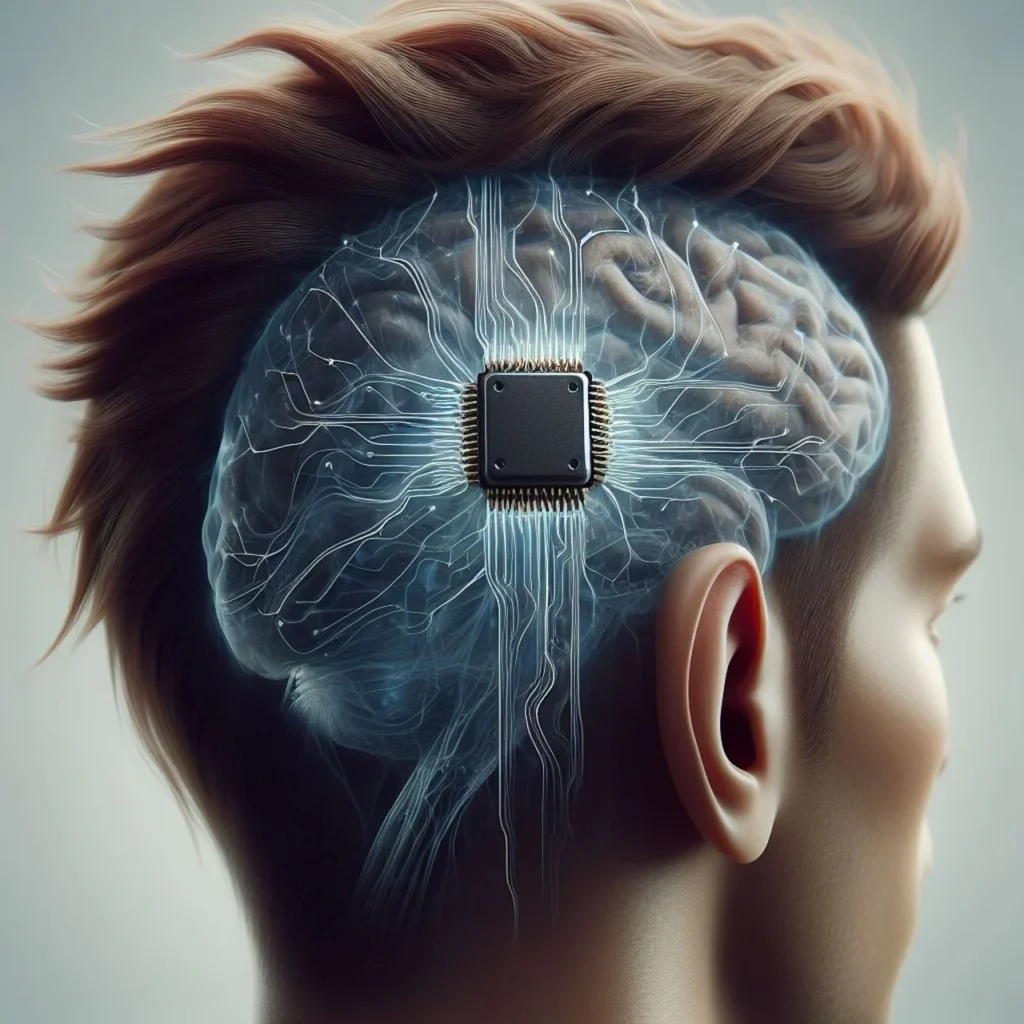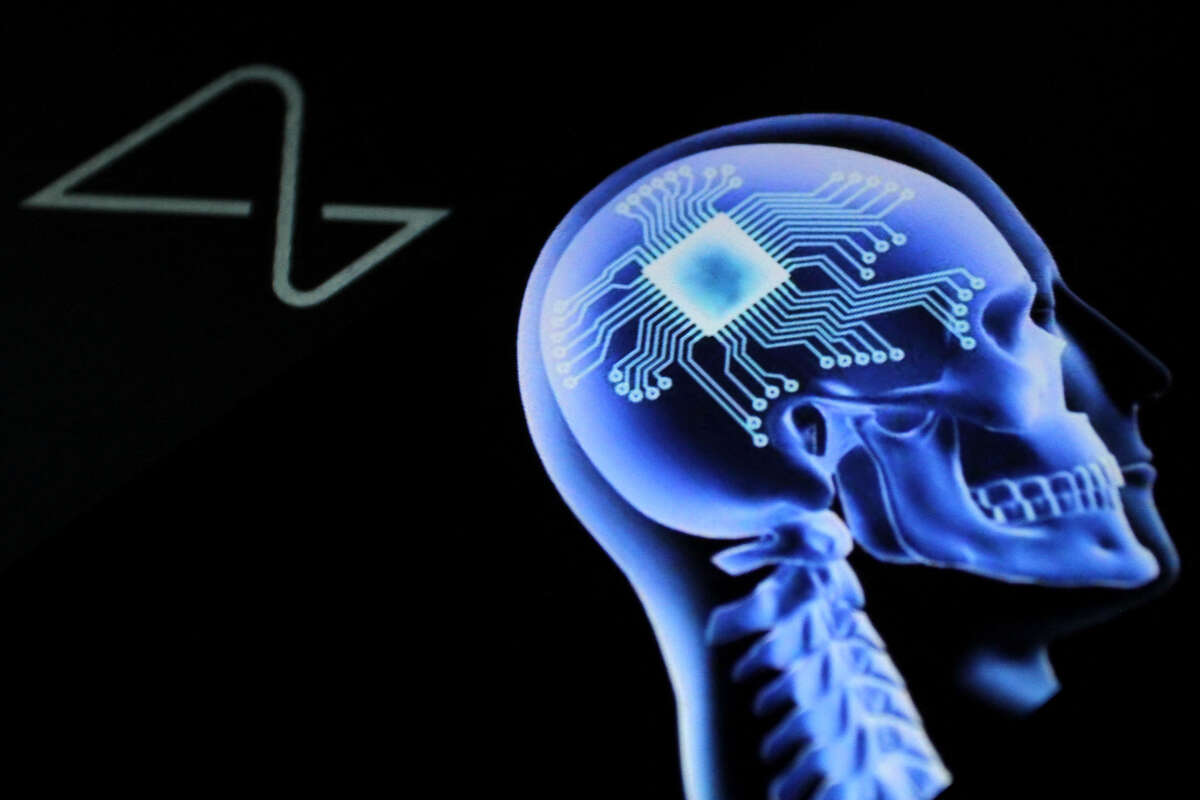Neuralink’s Second Human Trial: A Breakthrough in Neurotechnology
Neuralink, the neurotechnology company founded by Elon Musk, has made headlines again with its latest advancement in brain-computer interfaces (BCI). After a series of challenges and setbacks with its first human trial, the company recently announced the completion of a second implant on a new patient. This achievement marks a significant step forward in Neuralink’s mission to create advanced devices that can help individuals with neurological disorders, such as paralysis, regain lost functions and enhance their capabilities. But with the new implant design and procedure, the question remains: is it safe in the long term, and what are the potential risks?
The Journey from the First to the Second Patient
Neuralink’s second human trial comes after the company learned valuable lessons from its first patient, Noan Arbau. Arbau, who was paralyzed following a car accident, was the first individual to receive a Neuralink implant. While the initial results were promising, the device soon encountered issues: 85% of its signals were lost due to the retraction of electrodes from the brain tissue. Despite these setbacks, Neuralink managed to restore some of the chip’s functionality through software adjustments, enabling Arbau to break records in controlling a computer cursor with his brain.
Now, seven months later, Neuralink has successfully implanted a second patient. This patient, who also suffered paralysis due to a spinal cord injury, is undergoing testing with a newly redesigned chip that incorporates significant improvements over the previous version.
Innovations in the Second Implant Design

To address the challenges faced during the first trial, Neuralink made several modifications to the implant for the second patient. The original implant featured 64 threads, each thinner than a human hair, with 16 electrodes per thread, totaling 1,024 electrodes. For the new patient, Neuralink has increased the number of threads to 128, while reducing the number of electrodes per thread to eight. This change aims to increase the device’s bandwidth and minimize electrode degradation.
Another crucial adjustment involves the depth of electrode implantation. In the first patient, electrodes were implanted at a depth of 3 to 5 millimeters. For the second patient, the electrodes have been implanted deeper, at approximately 8 millimeters from the brain’s surface. This deeper placement is designed to secure the electrodes more firmly and reduce the likelihood of retraction, which had caused significant signal loss in the first trial.
Addressing Challenges and Potential Risks
The decision to implant the electrodes deeper into the brain brings new challenges and potential risks. While it appears to enhance the stability of the implant, deeper insertion could pose unknown risks to the patient. Additionally, during the first trial, Neuralink discovered that residual air pockets in the brain contributed to the retraction of electrodes. To mitigate this issue in the second patient, the team has taken measures to manage the patient’s carbon dioxide levels during surgery and sculpt the implant more closely to the brain, reducing tension on the threads.
Matthew McDougall, Neuralink’s head neurosurgeon, explained that these adjustments aim to prevent gaps under the skull and ensure a tighter fit of the implant against the brain. This refined approach may help reduce complications and improve the long-term success of the implant.
Promising Early Results and Future Potential
Despite the modifications, the second implant has not yet reached its full potential. Currently, 400 of the 1,024 electrodes are active, representing about 40% of the total. However, this is already a significant improvement over the first patient’s results, where only 10-15% of electrodes were functional. Musk remains optimistic, suggesting that achieving 90-100% electrode functionality could allow future patients to perform tasks beyond what is currently possible.
To further enhance the performance of the implant, Neuralink has implemented a step to increase the sensitivity of the brain wave recognition algorithm used by the BCI chip. This adjustment aims to eliminate the need for additional surgery to correct or reconnect detached electrodes, potentially reducing the risks and improving the user experience.
Looking Ahead: Neuralink’s Ambitious Plans
Musk describes Neuralink’s next steps as “gigantic,” predicting that the company will significantly increase the number of electrodes and enhance signal processing in the coming years. The ultimate goal is to achieve seamless integration between the brain and electronic devices, potentially enabling applications beyond medical treatment, such as augmenting human cognition and creating new forms of human-computer interaction.
Neuralink has more than 1,000 volunteers ready for upcoming surgical trials and aims to implant its chip in eight more patients by the end of the year, pending regulatory approval. The company is also exploring new applications for its technology, including a project called “Blindsight,” which aims to restore vision to blind patients by directly stimulating the visual cortex of the brain.
The Challenges of Restoring Vision
Restoring vision with a Neuralink chip presents unique challenges, given the complexity and sensitivity of the eyes and their connection to the brain. The proposed “Blindsight” product will target the visual cortex at the back of the brain, using electrodes to stimulate nerve cells in the retinal structure. This stimulation is intended to mimic light signals, helping the brain form images.
However, these images may not initially be as clear as normal vision, and the technology will require extensive testing and refinement. Neuralink is currently conducting animal trials to evaluate the efficacy of this approach before applying it to human patients.
Ethical Concerns and Regulatory Hurdles
Despite the promise of its technology, Neuralink has faced significant ethical concerns and regulatory hurdles. In June, a former employee sued the company, alleging a discriminatory and hostile work environment, as well as inadequate protective equipment during animal testing. Additionally, Neuralink has been criticized by animal rights groups for its treatment of animals in its research, with allegations of cruelty and negligence.
To move forward, Neuralink will need to address these concerns and demonstrate that its technology is safe, effective, and ethical. As the company expands its human trials, it must ensure that its practices comply with regulatory standards and ethical guidelines to build trust with both the public and the scientific community.
Conclusion: A New Frontier in Neurotechnology
Neuralink’s second successful implant marks a significant milestone in the field of neurotechnology. The improvements in the chip design and surgical procedure reflect the company’s commitment to advancing its technology and addressing the challenges faced during the first trial. By demonstrating promising early results and continuing to innovate, Neuralink is paving the way for future breakthroughs that could transform how we understand and treat neurological conditions.
While the road ahead is filled with challenges, the potential impact of Neuralink’s technology is vast. From restoring lost functions in individuals with paralysis to enhancing cognitive abilities and creating new forms of human-computer interaction, the possibilities are endless. As Neuralink continues to refine its approach and expand its human trials, it holds the promise of revolutionizing medicine and shaping the future of human-machine integration.














1 comment